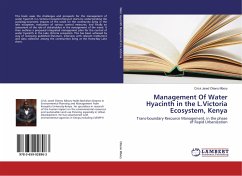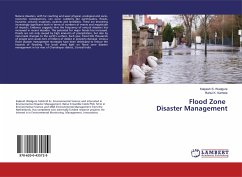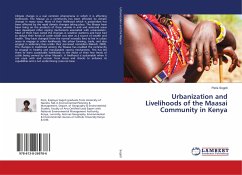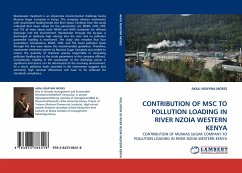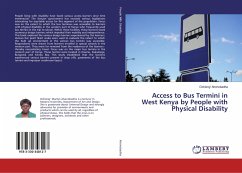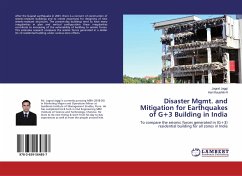Landslides occur in Kenya mostly during the rainy seasons. Usually they affect parts of the country mainly in Central, Western, Nyanza and Rift Valley Provinces. The most vulnerable areas mainly in Central Province are Muranga, Kirinyaga, Nyeri and Meru Districts. These are areas around Mount Kenya. These areas have steep slopes and receive annual rainfall of over 1200 mm. Despite the frequent occurrence and the resultant impacts caused by the landslides to the communities, little is being done to ease the elements that lead to the community vulnerability. Hazard mapping and vulnerability analysis in Meru district has not been adequately done and as such the response to landslide disasters has always been reactionary and through relief aid. Relief, by its very nature is a short-term mitigation measure. It has a tendency to exacerbate vulnerability to crises particularly if efforts are not made towards a speedy rehabilitation of the affected people and the infrastructure as part of a recovery process to normalcy. The purpose of this study was to assess the community vulnerability to landslides in Imenti South District


